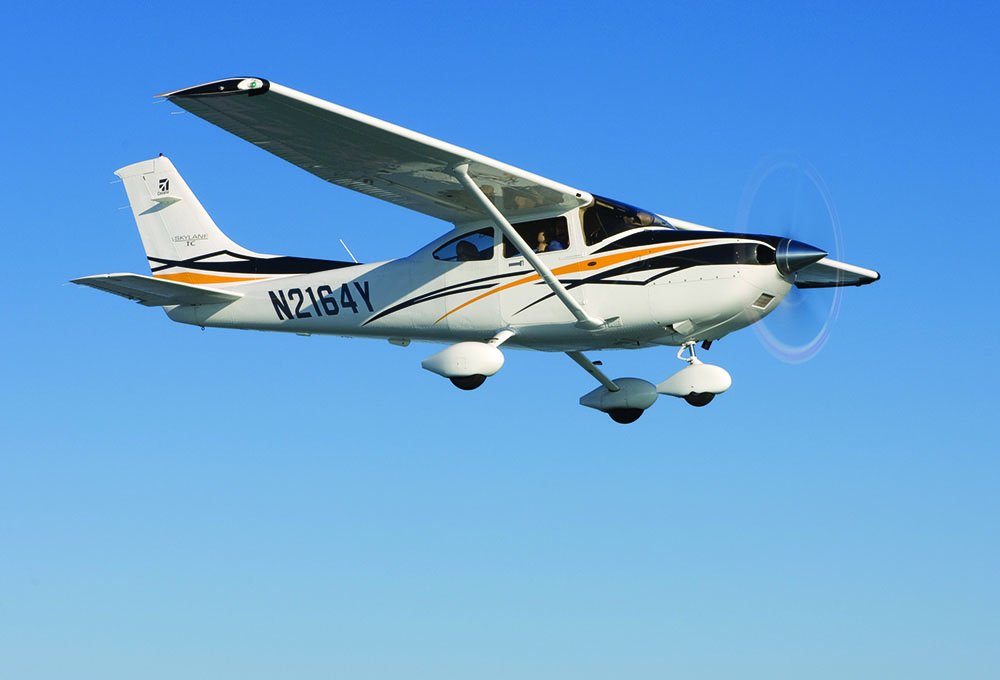Exploring Cessna 182’s Impact on Aviation Industries
The aviation industry has witnessed numerous innovations over the decades, but few aircraft have had such a profound and lasting impact as the Cessna 182. This single-engine, four-seat light airplane has played a pivotal role in shaping general aviation, offering an ideal blend of reliability, performance, and affordability. The Cessna 182 is celebrated not only for its technical specifications but also for its contribution to the broader aviation industry, influencing everything from pilot training to personal and business travel.
Cessna 182: A Game Changer in Aviation History

The Cessna 182, commonly known as the Skylane, was first introduced in 1956 and quickly became a staple in general aviation. Its versatility, ease of handling, and robustness made it an attractive choice for pilots and flight schools alike. With its high-wing design offering excellent visibility and stability, the 182 became particularly popular for training purposes, helping to produce generations of skilled pilots. Its ability to operate from short and unpaved runways further expanded its utility, making it an ideal aircraft for a wide range of environments and purposes.
One of the key factors that contributed to the Cessna 182’s success is its continual evolution over the years. Cessna has consistently updated the 182 with technological advancements, ensuring that it remained relevant and competitive in a rapidly changing industry. The introduction of models equipped with modern avionics, such as the Garmin G1000 glass cockpit, showcased the aircraft’s adaptability and commitment to enhancing pilot experience and safety. This constant innovation has kept the Cessna 182 in high demand, with many pilots and owners preferring it over newer, less proven models.
The Cessna 182’s affordability has also been a crucial element of its impact. Offering a cost-effective solution for private pilots, flying clubs, and small charter companies, it democratized access to personal and business aviation. This democratization has allowed more individuals and organizations to take advantage of the benefits of air travel, contributing to the growth of general aviation as a whole. The Cessna 182’s enduring presence in the market is a testament to its value proposition and the significant role it plays in making aviation more accessible.
Analyzing the Aircraft’s Industry-Wide Influence

The influence of the Cessna 182 extends beyond individual pilots and small operators; it has also had a considerable impact on the aviation industry as a whole. Its widespread use in pilot training has helped standardize training protocols and safety practices across the globe. By providing a reliable and consistent platform for flight training, the Cessna 182 has helped maintain high standards in pilot proficiency, ensuring that new pilots are well-equipped to handle the demands of modern aviation.
Moreover, the success of the Cessna 182 has influenced aircraft design and production practices within the industry. Its popularity demonstrated the market’s demand for aircraft that balance performance with affordability, leading manufacturers to prioritize these elements in their designs. This influence is evident in the development of other aircraft within the general aviation sector, many of which emulate the characteristics that have made the Cessna 182 so successful. The Skylane’s design philosophy has become a benchmark for single-engine aircraft, shaping the direction of general aviation for decades.
The Cessna 182’s impact is also seen in its contribution to aviation’s economic ecosystem. Its role in enabling personal and business air travel has supported the growth of peripheral industries, including maintenance, avionics, and airport services. The aircraft’s durability and longevity mean that its market presence creates ongoing demand for parts and services, further stimulating economic activity. As such, the Cessna 182 not only serves as a cornerstone of general aviation but also as a catalyst for economic growth within the aviation sector.
The Cessna 182’s legacy in the aviation industry is both profound and multifaceted. As a game-changer in aviation history, it has not only transformed how pilots are trained and how personal aviation is perceived but has also influenced design philosophies and strengthened economic ecosystems within the industry. Its enduring popularity and continued production speak to its unmatched value proposition and impact. As aviation continues to evolve, the Cessna 182 remains a testament to the power of innovation and adaptability in shaping the future of flight.



